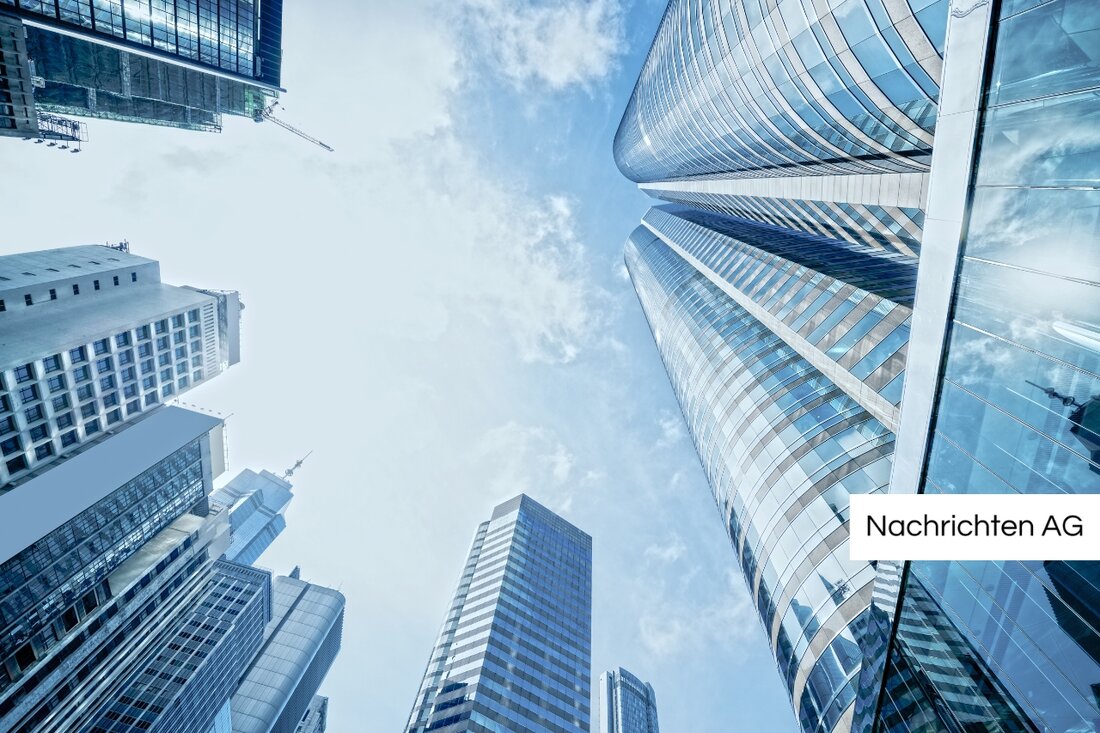Wien Energie starts a future solar project: 1,800 megawatts for everyone!
Wien Energie is acquiring ImWind to advance the energy transition and supply all households with green electricity by 2030.

Wien Energie starts a future solar project: 1,800 megawatts for everyone!
The future of Vienna's energy supply will be greener than ever. The recent takeover of ImWind by Wien Energie represents a significant step in the energy transition. This decision, which was approved by the competition authority, means that the green electricity portfolio will now be expanded to include 52 wind turbines and four large-scale photovoltaic systems. wienerviertelsblatt.at gets to the point: By 2030, Wien Energie wants to provide all households with an output of 1,800 megawatts from renewable sources.
Wien Energie has big plans. The strategy even calls for further expansion to 2,800 megawatts at up to 100 locations by 2040. Mayor Michael Ludwig emphasizes that these steps are intended not only to reduce dependence on fossil fuels, but also to keep energy prices stable and stimulate the local economy. Currently, 900,000 households are benefiting from clean electricity from 145 wind turbines, 526 photovoltaic systems and 26 hydroelectric power plants. presse.wien.gv.at explains that new wind farms will be built in Ebreichsdorf and Loidesthal II by 2026 are to be put into operation, as well as a new hydroelectric power station in Oppenberg, Styria.
Energy transition and jobs
These ambitious plans go hand in hand with job creation. According to WIFO analyses, Wien Energie secures around 10,000 jobs. By focusing on the renewable energy strategy, Vienna has reduced its total energy consumption by more than a third over the last 20 years. This is clear evidence that renewable energies not only offer ecological advantages, but also make economic sense.
The upswing in renewable energies is clearly noticeable. Wien Energie and ImWind, which will continue to operate as an independent company, have already started building new wind farms and photovoltaic systems. Everything started in 1997 with the first wind turbine on the Danube Island, and the tradition of sustainable energy production has picked up speed since then. Wien Energie plans to achieve a green electricity output of 1,000 megawatts by 2026, four years earlier than originally planned. These figures could become a popular topic in any of the next local council elections as the course is set for a greener future.
The path to renewable energies
The path that Vienna is taking with the energy transition is not only geared to local needs, but also fits into a larger context. The trend towards renewable energies can also be seen in other countries. In Germany, for example, renewable energies already covered 22.4% of gross final energy consumption in 2024. umweltbundesamt.de further reports that wind energy makes the largest contribution to electricity generation. It will be exciting to see how Vienna fares in this ever-increasing competition.
Overall, the increasing support for renewable energies in Vienna represents a big step into the future. The focus on wind, solar and hydropower shows that the city is ready not only to sustainably cover its own energy needs, but also to make a contribution to the global energy transition. This makes not only ecological but also economic sense – a win-win situation for everyone.

 Suche
Suche
 Mein Konto
Mein Konto